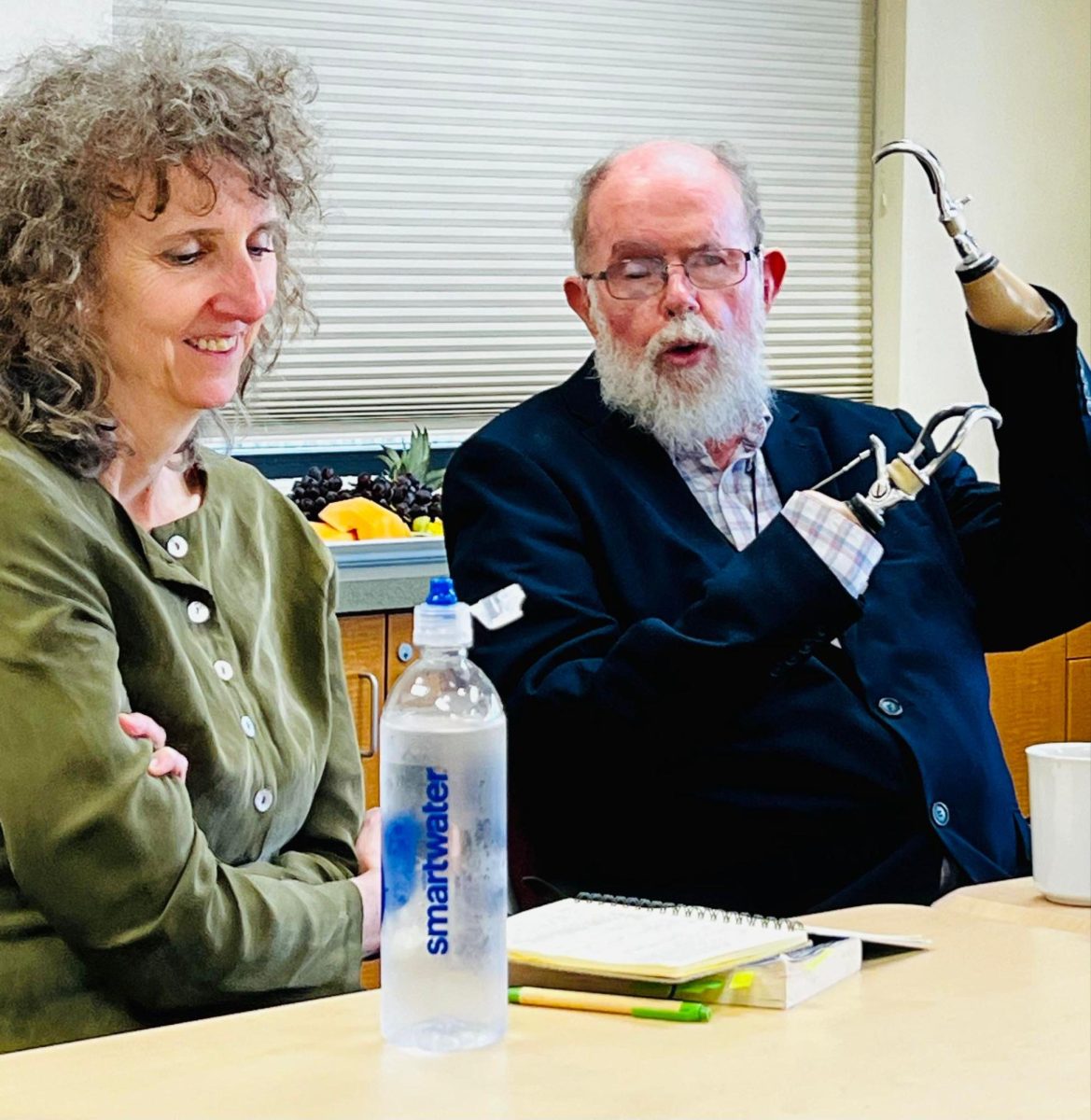If you’ve been outside with a piece of food recently, you’ve undoubtedly met one of your fellow Luther College residents, furiously flying around your face with an apparent death wish. These yellow and black demons swarm, swoop, and soar around any trash bin, hoping for a bite to eat. The Yin to the Luther Deer’s Yang, these beeings (see what I did there?) are probably campus’s least favorite animals. You know it’s bad when even Environmental Studies kids are complaining about them.
However, it seems that a significant portion of the campus population is unaware that these are not, in fact, bees. Yes, even though I made a joke about “beeings,” they aren’t bees at all, despite their initial impression. It is more likely that the creatures scavenging around, swarming your food and sugary drinks are probably yellowjackets.
Yellowjackets have those distinctive yellow and black stripes and four wings, but that is where the similarities end. Bees will occasionally go for a fruit or be attracted to sugar, but only yellowjackets will go for those delectables in a swarming manner. Yellowjackets are smooth, while most bees have some kind of hair to collect pollen, including pollen sacs. Yellowjackets can ‘bee’ aggressive and will sting multiple times once provoked.
So, why am I going to the trouble of making this distinction important, particularly since I am someone who is not, and will never claim to be, an entomologist? Why did I, in addition to doing an internet search, get my yellowjacket facts verified by Jacob Michaelson (‘26), a biology major currently in Luther’s entomology class who wishes Luther had a hunting and fishing major? Because, how we associate things has a lasting impact on how we perceive those things. Take something entirely different, for example.
Let’s suppose that you had heard a rumor that CHIPS, the student-run newspaper, was actually a front for Luther College to create an image of Luther that was not true to Luther student experiences and wrote stories that would only paint the college in a positive light. Needless to say, you might have some problems with that and we would too — because that’s just not what we do. By erroneously assigning something negative to the wrong entity, we color the entirety by association.
In the same way, associating bees with the little yellowjacket demons that feed on our compost and trash — even if they do fulfill a need in the ecosystem — colors the way we see bees. That’s why associations and names are important, as is correct identification. We still need bees, and to put the blame squarely on the wrong species (particularly one as endangered as bees) harms both what we think about bees, and how we respond to bees in different environments.
Hopefully this gives you an overview of how to identify yellowjackets, but more importantly, how to be curious and to look closer at the world around us. Only by understanding the world, can we truly acknowledge the yellowjacket for what it is: a pain in the bee-hind.






